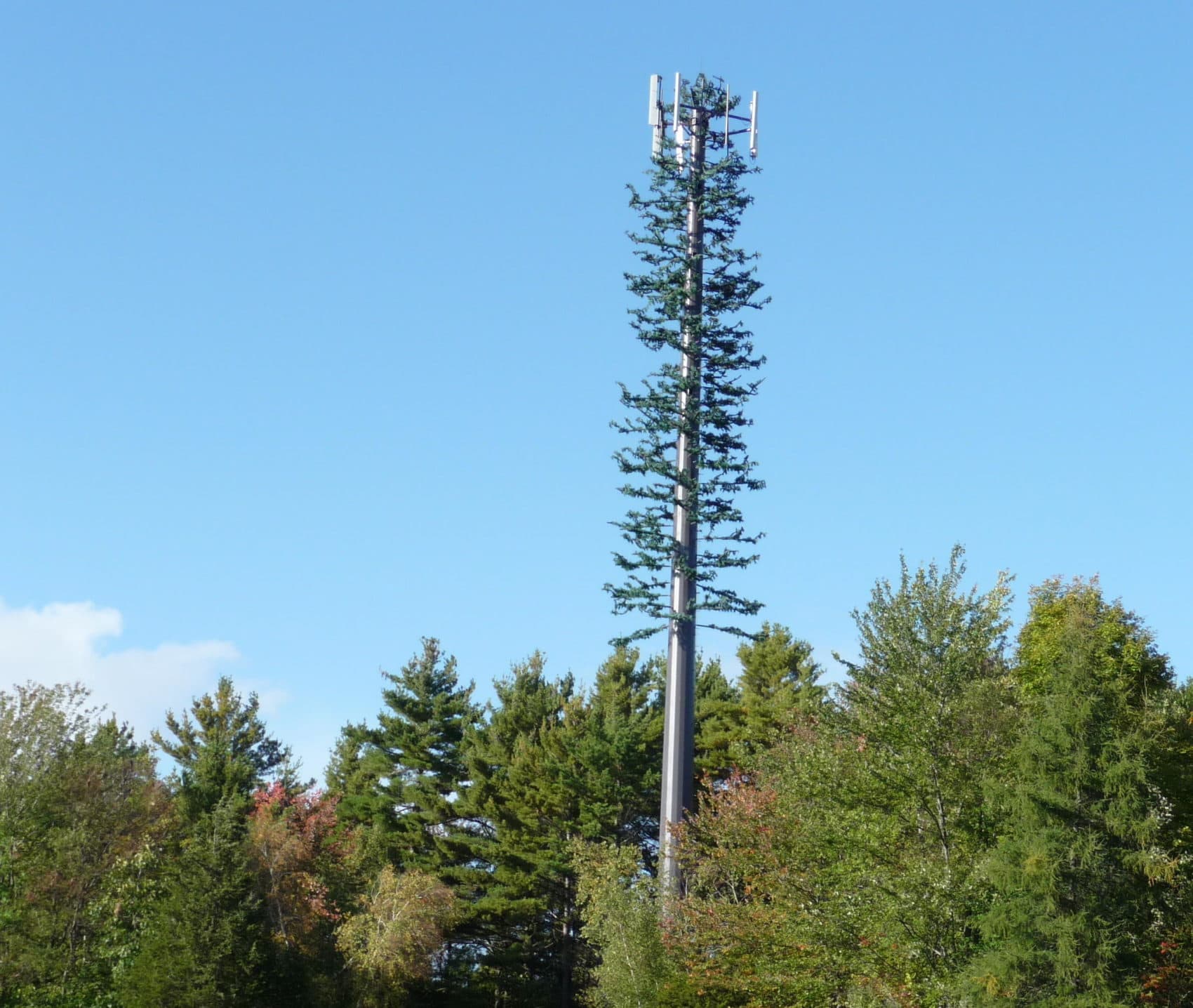When you've ever eliminated through a metropolis, you might have perhaps seen tiny micro 5G cell towers on streetlight poles. These look like little boxes, nevertheless they transmit cordless signals from cell carriers in your cell phone.
These smaller may be are gradually using the place regarding bigger, purpose-built mobile towers. Although they are less visible, they might nonetheless cause difficulties for men and women.
Radiation Exposure Thresholds Set from the FCC
The Radiation Direct exposure Thresholds established by the FCC explain the safe length at which a person may be encountered with electromagnetic radiation coming from wireless devices. The exposure restrictions depend on scientific evidence that will RF energy may impair human wellness.
The specific consumption rate (SAR) will be a measurement regarding how much radiofrequency energy tissue absorbs. A typical value is 1. 6th watts per kilogram, averaged across one gram of tissues.

Yet, since 5g transmits at better frequencies, it features the potential to increase the intensity of radiation on the particular skin along with other right away exposed areas of the body. This kind of has the prospective to cause a broad variety of negative consequences, such as the worsening of pores and skin illnesses such because dermatitis, skin malignancy, and cataracts.
Because of with the potentially severe consequences of 5G radiation, PSU has opted to enforce an over-all localized electric power density restriction regarding 4 mW/cm2 averaged over 1 cm2 for all 5G services at 3000 Gigahertz, to not exceed 30 minutes. The maximal spatial-average SAR of 1. 6 W/kg averaged across 1 g of cells at 6 Gigahertz is consistent together with this confined reduce.
Maximum Exposure Thresholds Set by the FCC
When you've actually used a mobile phone, you're very likely aware that some sort of safe distance from the tower is at least 400 metres. This is credited to the simple fact that the transmitting strength of a cell tower rises considerably as you move farther away from it.
Although this particular seems to become a great idea, typically the fact is that those who live near towers may always be more prone to be able to health concerns. Some sort of 2014 research within India, for example of this, found that occupants living within 55 meters of cell phone towers had much higher health concerns than those living a greater distance away from the antennas.
Yet, this specific research found that inhabitants who migrated to regions more away from mobile towers had a come back to normalcy within a couple of days. Additional research has shown that extented contact with high degrees of radiofrequency electromagnetic fields (EMFs) may possibly lead to cancer, brain tumors, in addition to other health issues.
faraday cage hats is due to be able to the fact of which RF radiation, which is utilized in wifi communication, has the capacity to penetrate the human human body's outer layer, the skin. This is important since the skin serves as a protective barrier against mechanised damage, infection by simply pathogenic bacteria, and hazardous chemical penetration. It is furthermore the biggest body in the man body which is inside charge of guaranteeing the integrity regarding the other bodily organs.
Minimum Exposure Thresholds Set by typically the FCC
The Nominal Exposure Thresholds recognized by the FCC are based upon various assumptions that are not maintained scientific data. These people include the completely wrong notion that interim RF radiation exposure is safe owing to little penetration into the body (i. e., tissue heating).
The assumption in addition overlooks the deeper penetration of altered RF signals' ELF components, as well as the effect of brief bursts of heat coming from pulsed RF ocean. These assumptions usually are inconsistent with current familiarity with the biological associated with RF radiation and should not be utilized to place health-protective exposure levels.
Moreover, the ICNIRP and FCC confine their maximum coverage limits to neighborhood peak SARs based upon peak spatial special absorption rate (psSAR), which is a good insufficient dosimetric approach for evaluating typically the degree of RF radiation exposure. At faraday cage hat over six GHz, psSAR is certainly very incorrect. Additionally, psSAR has not been tested in faraday hat using other environmental factors such as sunshine. Communications between RF rays along with other environmental factors could have antagonistic or even synergistic effects. This specific would enhance the possibility of negative health impacts. Co-exposure to RF radiation and even sunshine, for illustration, may raise typically the risk of skin cancer and get worse other skin conditions like as acne.
